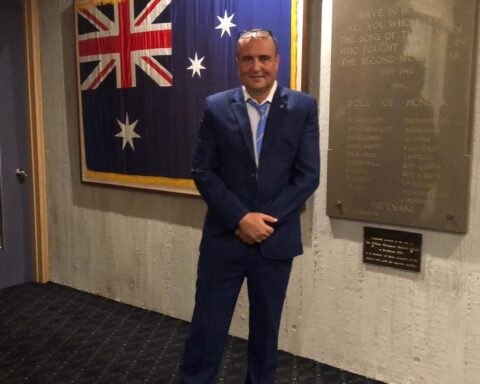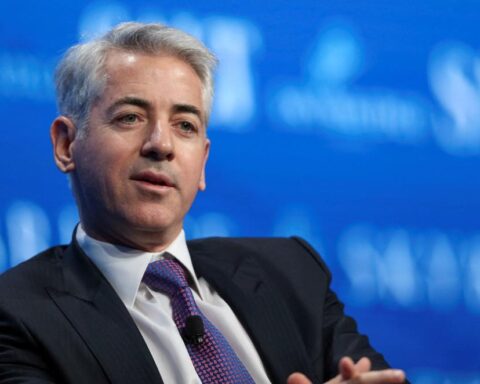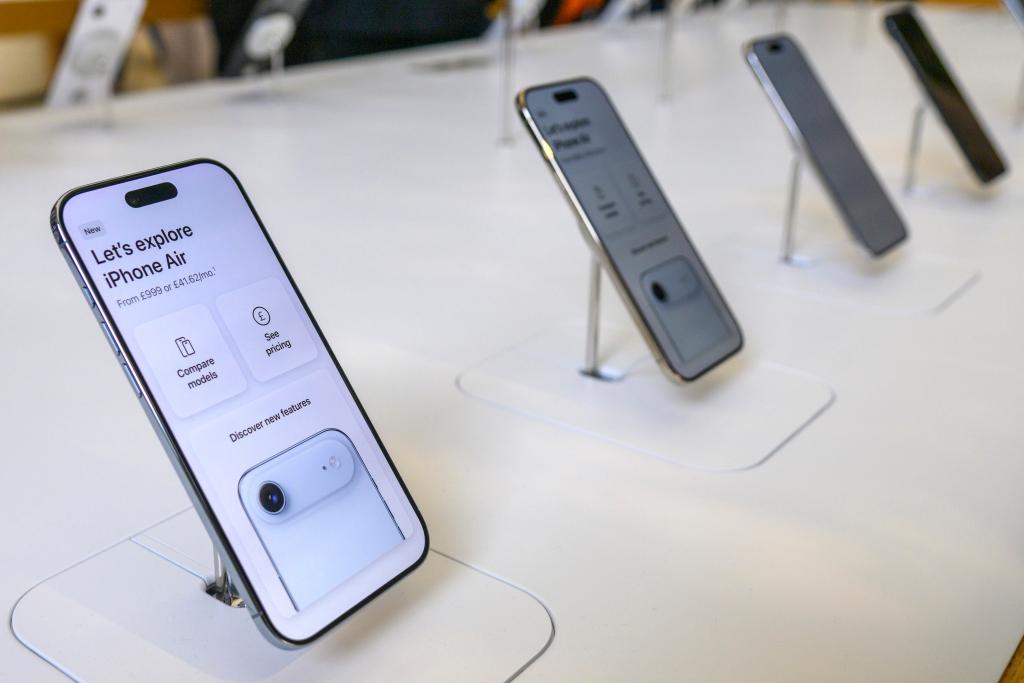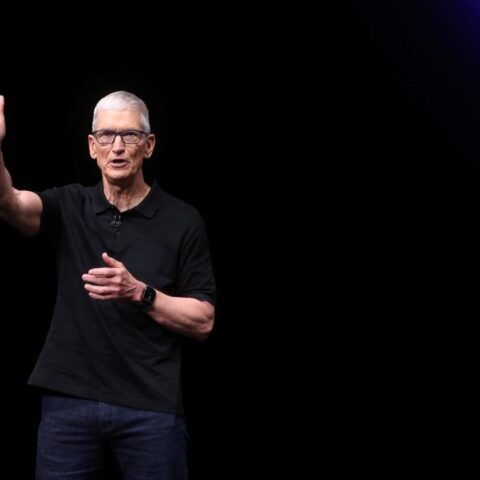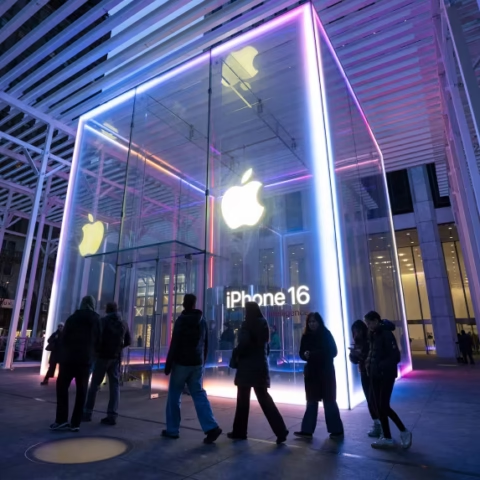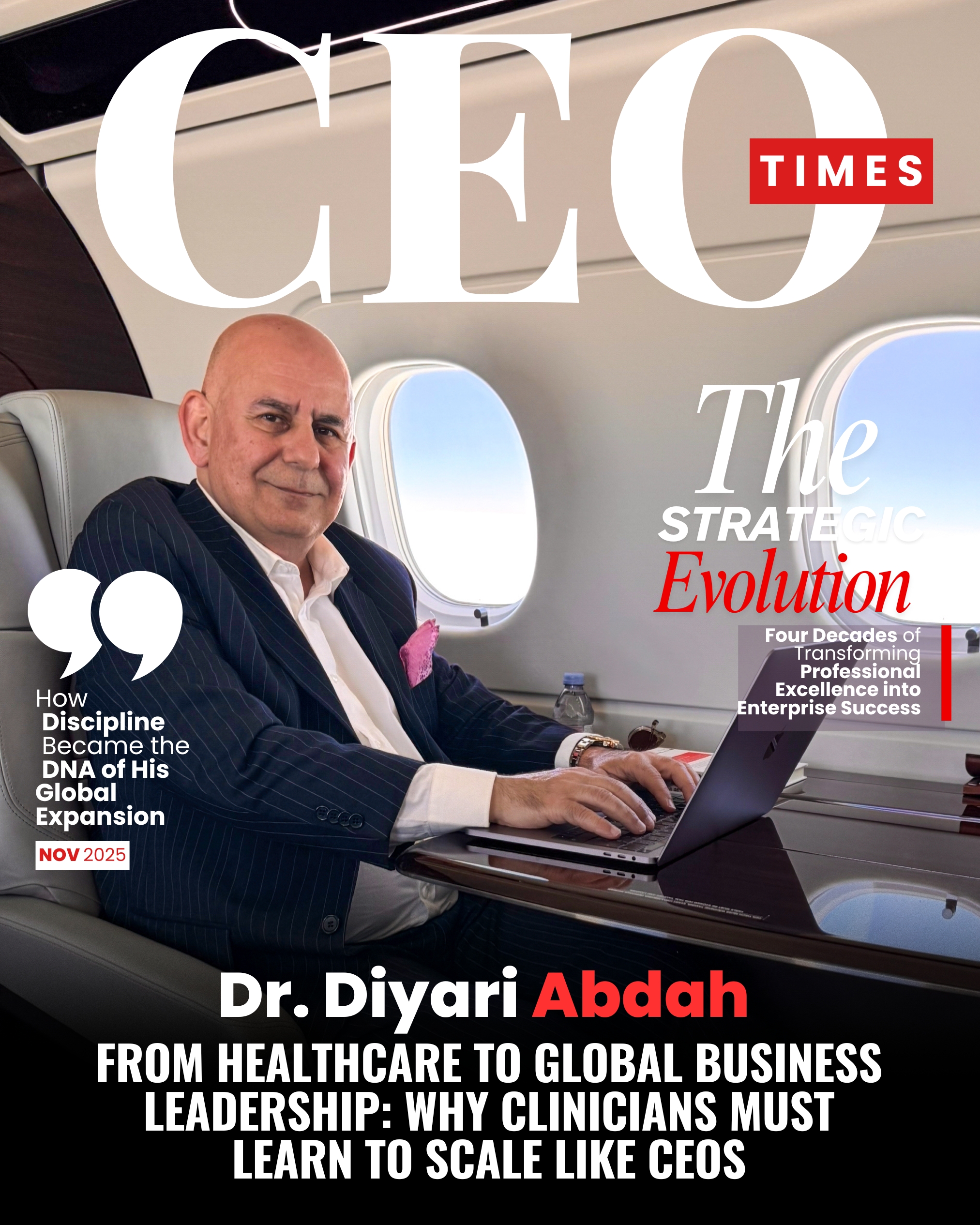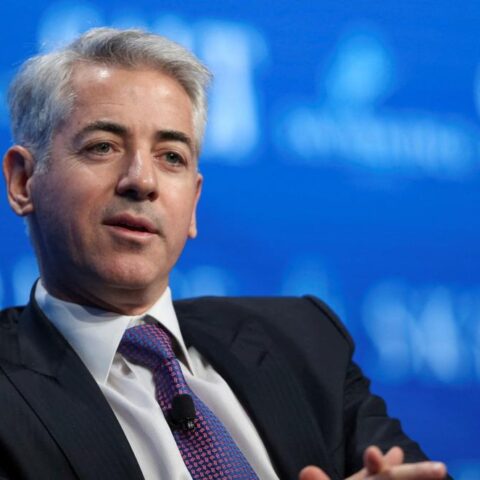Falling short of expectations, Apple’s ambitious iPhone Air project faces a setback as production slows and plans for its successor are quietly shelved.
Apple’s bold experiment with its ultra-thin iPhone Air appears to have stumbled, as the tech giant reportedly pulled the plug on the iPhone Air 2 after disappointing sales of the debut model. According to a report from The Information, Apple has removed the next-generation device — internally known as “V62” — from its release roadmap, halting production just months after the first version hit stores.

Originally slated for a fall 2026 debut alongside the iPhone 18 Pro and Apple’s first foldable iPhone, the iPhone Air 2 has been delayed indefinitely, with no new launch date set. The move highlights the challenges Apple faces in expanding beyond its flagship Pro lineup — a struggle that has become increasingly visible as the market matures and competition intensifies.
When it launched in September, the iPhone Air was marketed as Apple’s thinnest and most durable smartphone, designed to offer a sleek alternative to the Pro series. However, despite its engineering finesse, the device failed to resonate with consumers. Reviewers and buyers cited its single-camera setup, short battery life, and weaker audio performance as key shortcomings compared to the more powerful Pro models.
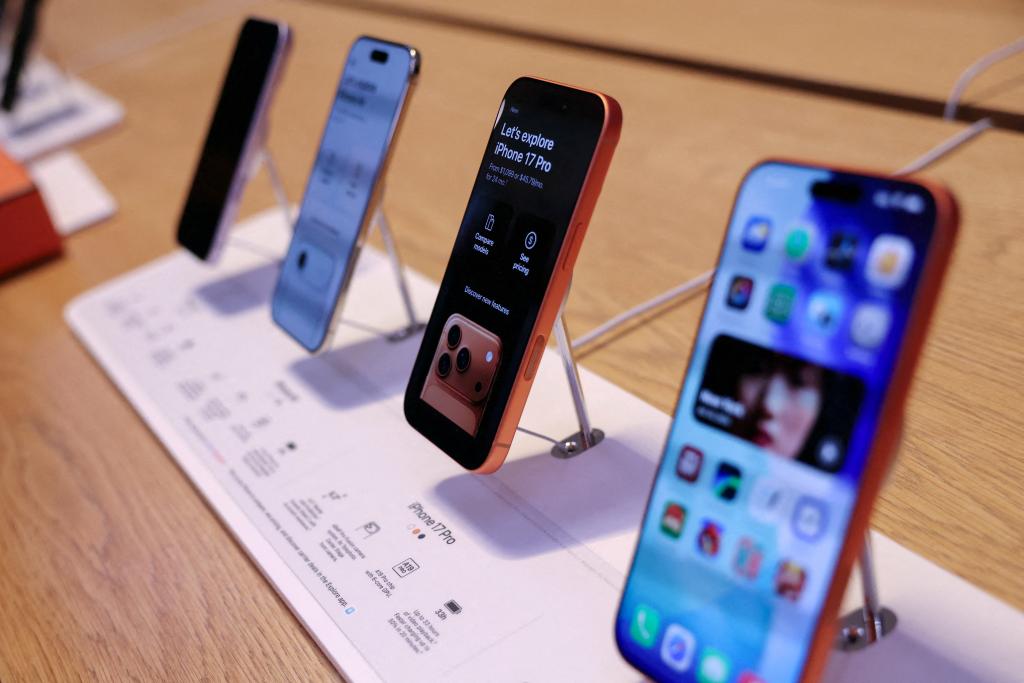
Production partners Foxconn and Luxshare, which had been assembling the iPhone Air, have since drastically reduced or halted production. Foxconn has reportedly dismantled nearly all of its Air production lines, with plans to shut down the remaining ones by the end of November. Luxshare ended its production run in October.
Sources familiar with Apple’s supply chain told The Information that the iPhone Air accounted for only about 10% of total iPhone manufacturing capacity, but even that modest output proved difficult to sell. The model remains widely available in stores and online, a stark contrast to the iPhone 17 Pro, which continues to sell out in several regions.
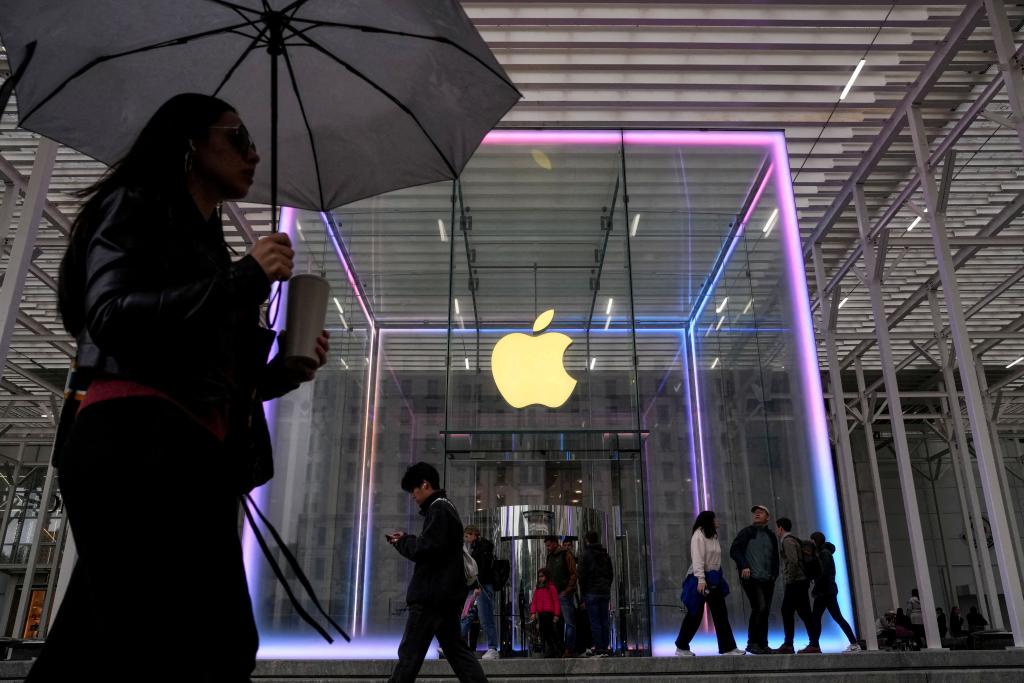
Data from Consumer Intelligence Research Partners paints a similar picture: in September, the iPhone Air represented just 3% of total iPhone sales, compared with 9% for the iPhone 17 Pro and 12% for the iPhone 17 Pro Max.
Apple engineers had been developing the iPhone Air 2 with plans for a lighter chassis, a larger battery, and improved thermal cooling using vapor chamber technology, similar to what’s used in the Pro lineup. The redesign was also expected to include a second rear camera, addressing one of the most frequent criticisms of the first-generation Air.
Despite the pause, the project may not be completely dead. Insiders suggest that some engineers and suppliers continue to refine the design, with a potential reemergence targeted for spring 2027 alongside the iPhone 18 and a lower-cost iPhone 18e. Still, taking a major iPhone model off the schedule at this stage is highly unusual for Apple, current and former employees told the outlet.
Apple, which has not commented on the report, has long sought to diversify its iPhone lineup by introducing a successful midrange model that balances premium design with affordability. But with the iPhone Air’s lukewarm reception, that goal remains elusive.
For now, Apple’s thinnest phone ever may also become one of its shortest-lived — a reminder that even for the world’s most valuable tech company, innovation is only as strong as its connection to the customer’s hand.

